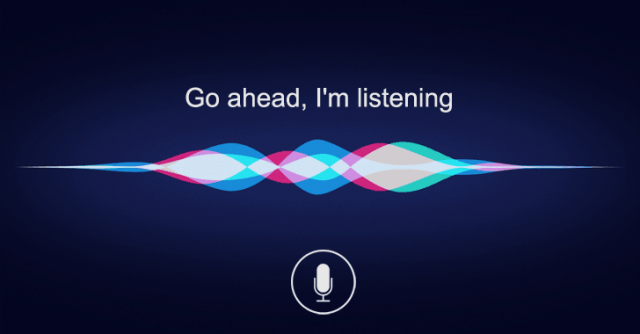Can You Hear Us Now?
No, I said 'What time is it in Barcelona?' not 'I want a Mime in Barcelona.'
By the time you correct your voice assistant the third time you want to throw Alexa, Siri, Mycroft, or Cortana out the door, but before you do consider the history, usage, and future of voice computing technology.
The History. Modern voice computing started at DARPA in 1971 when scientists there focused on speech recognition. Seven years later the children's educational toy Speak & Spell was released to teach kids how to spell and pronounce words. Early voice computing products failed to gain traction because: (1) they were not intelligent enough, and (2) speech recognition was not useful. Then, in the late 2000s smartphones hit critical mass and the release of mobile voice assistant products such as Siri or Cortana began, culminating in November 2014 when Amazon Echo (aka Alexa) hit the market. This is the first in personal assistant controlled by voice.
The most compelling uses for voice have yet to bubble up, but companies like Pullstring and Satisfi enable the creation of applications to immortalize a dying father or ask concierge holograms where to lunch. Chatbots are now moving to voice. Alexa is being used to create fan experiences for original content such as the BOSCH: A Detective's Case where you can choose your own adventure in a 16-minute murder mystery. In medicine, companies like Nuance are creating voice enabled assistants to allow doctors to collect information and intervene with patients remotely.
The Trend. Companies are starting to couple devices that can hear and talk with artificial intelligence in useful ways. To date most of the applications have been clunky or too simple to provide value. But in the past year we have seen real promise from companies tackling hard problems in the space. BeyondVerbal analyzes emotions from emotional intonations. Soundhound helps carmakers develop artificial backseat drivers. And in sport specifically, StatsMusedelivers sports statistics to fans. It's still early, but things are getting better.
What to Do. We believe that sports properties should experiment with voice through existing platforms. If you have an athlete management system ask your vendor if they are developing voice applications for player wellness questionnaires. Your training staff could use voice to record information on a treatment while keeping both hands on a player. Scouts can use voice sentiment analysis to figure out what that one scout really means, or to write reports through voice. And on the commercial side teams should deliver content to fans through voice as this is a space where teams still own distribution rights. Ultimately it's still very early in voice, but the barrier of transitioning bot and text based content to voice is gone and it's time for forward thinkers to start experimenting with voice computing in sport on both the performance and commercial sides of the game.

